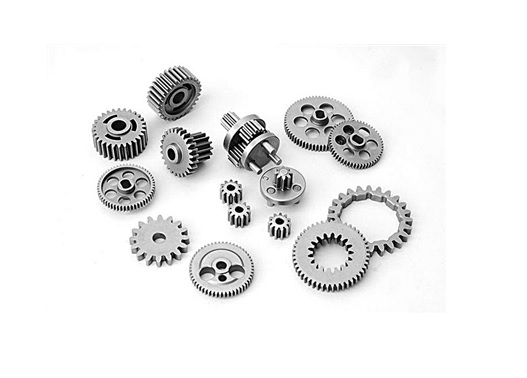The higher the density of iron-based powder metallurgy, the better the strength, but not all products are suitable for high density. The density of iron-based powder metallurgy is generally 5.8g/cm³-7.4g/cm³, depending on the use and structure of the product.
Iron-based powder metallurgy oil-impregnated bearings generally have oil content requirements, usually the density will be about 6.2g/cm³. For high oil content requirements, such as 20% oil content, the density needs to be reduced at this time to have sufficient pores. Ensure the oil content.
In addition, the density of iron-based powder metallurgy has been increased, and some parts have realized the replacement range of traditional forgings. Many powder metallurgy gears can be added with rare metal powder to achieve 7.2-7.4 g/cm³ according to the requirements of use. At this density, iron-based powder metallurgy parts have replaced most of the connecting parts and some functional parts such as automobiles and machinery.
On the other hand, powder metallurgy has also been committed to alloying. In the iron-based powder, alloy powders such as aluminum, magnesium and rare earth elements can be mixed to achieve its lightweight, lightweight and other properties. It can be widely used in electronic equipment and Wearable devices and other fields closely related to life.
Now that iron-based powder metallurgy parts and accessories are added with different alloys, the density range of powder metallurgy has also expanded, which greatly broadens the development direction of powder metallurgy.
The density of iron-based powder metallurgy
Post time: Jul-01-2021

